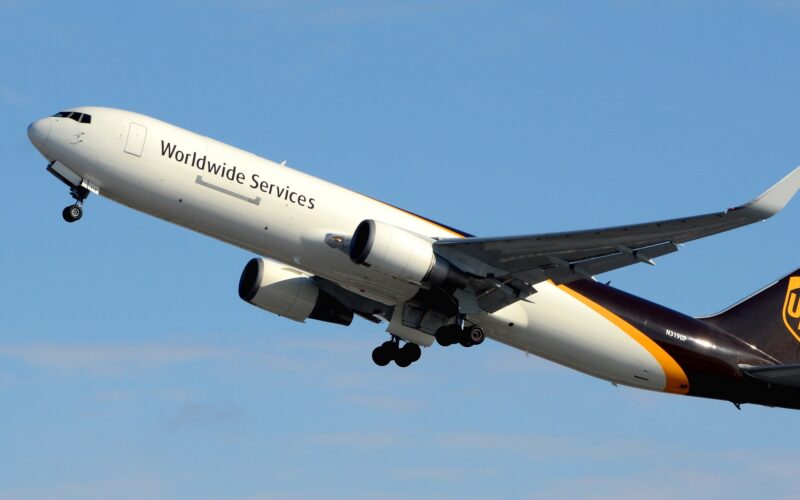FAA Issues Airworthiness Directive for Certain Boeing 767 Aircraft Due to Stabilizer Trim Switch Issues

The United States (US) Federal Aviation Administration (FAA) has taken action to address potential safety concerns on certain Boeing 767 aircraft. In response to reports from operators regarding inoperative manual and alternate horizontal stabilizer trim switches, the FAA issued an Airworthiness Directive (AD) aimed at mitigating risks posed by collected water or ice.
According to the FAA, the accumulation of water or ice in the limit switch and position transmitter module (LSPTM) could lead to damage and generate corrupt signals to the flight crew. This situation could result in misleading or confusing flight deck indications, a high-speed overrun during takeoff, or even a low-altitude stall immediately after takeoff.
To ensure the safety of air travel, the FAA now requires airlines operating Boeing 767-200, 767-300F, 767-400ER, and 767-2C aircraft to conduct repetitive inspections for immersion of each LSPTM and its electrical wiring, as well as inspections for blockage of drain holes and cleaning of those drain holes. Further measures may be required based on on-condition assessments.
The blocked drain holes were found in the aft section of the fuselage, causing water to accumulate and submerge the three LSPTMs. To rectify the issue, the FAA will also require operators of certain Boeing 767s to drill two new drain holes, perform regular inspections for blockage, and conduct cleaning if necessary.
Approximately 63 aircraft in the US are affected by this directive, with an estimated compliance cost of $3,705 per aircraft, including General Visual Inspections (GVI) and on-condition costs. Aircraft that do not need new holes will face compliance costs of $510 for GVI, while on-condition inspections will incur costs of $85.
Various stakeholders, including UPS, FedEx, Delta Air Lines, and Aviation Partners Boeing (APB), have commented on the directive. APB sought clarification regarding the installation of winglets and its impact on AD compliance, to which the FAA clarified that winglets do not affect compliance.
FedEx raised concerns about the inspection intervals, requesting an extension from 90 to 225 days. The FAA rejected the 225-day interval but agreed that inspections every 150 days would be sufficient.
FedEx also requested a delay in the directive’s effective date, citing difficulties in obtaining necessary parts from Boeing since August 2021. The FAA declined, stating that delaying the directive would compromise safety-critical inspections.
UPS requested a revision to exclude the need to drain new holes, but the FAA disagreed, explaining that the two holes would not lead to water or ice accumulation unless multiple blockage events occurred.
Ultimately, the FAA adopted the AD as proposed, with minor editorial changes. The AD will take effect on August 24, 2023.
